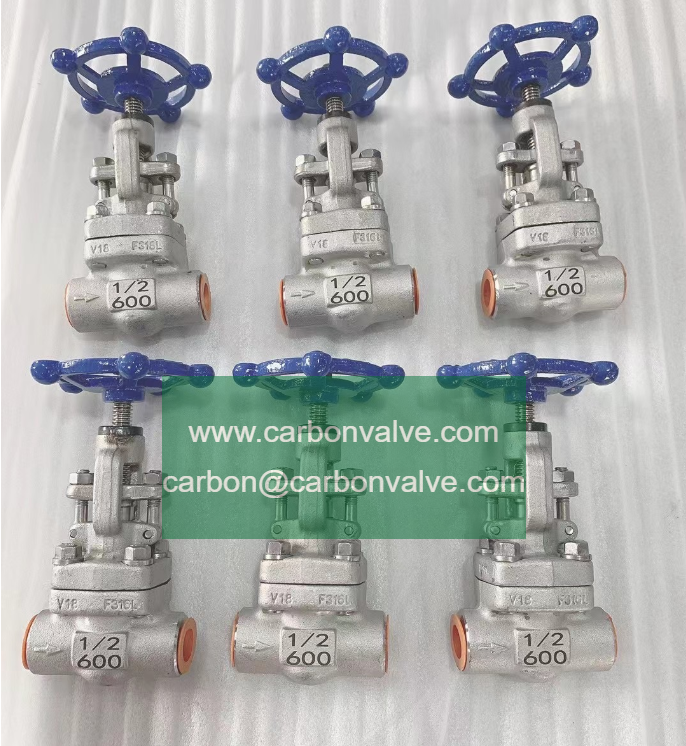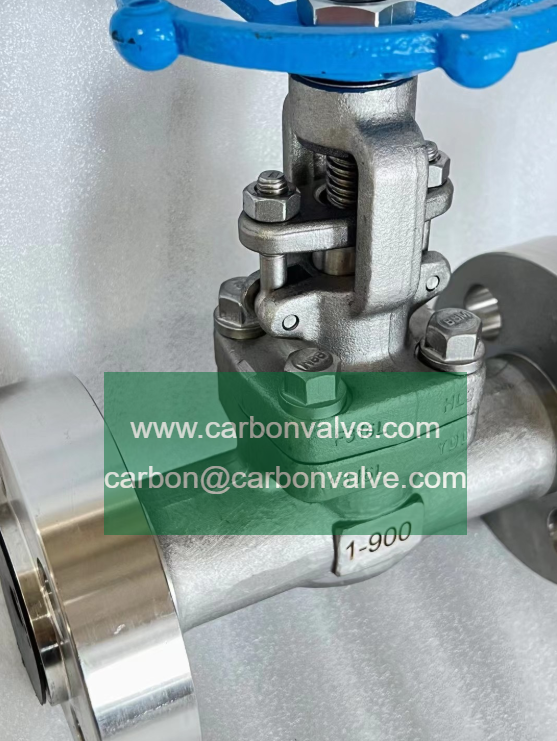#ValveKnowledge #StainlessSteel #ProcurementTips #GateValve #ValveFactory
When purchasing austenitic stainless steel gate valves, many customers use a magnet to test the material, believing that if the magnet doesn't stick, it is genuine stainless steel, and if it does, it is "stainless iron."
However, this is a misconception.
Austenitic stainless steel (e.g., 304, 316) is typically non-magnetic or weakly magnetic, but it may exhibit weak magnetism under the following conditions:
1. Improper smelting or heat treatment: This may cause a small amount of martensite or ferrite to form in austenitic stainless steel, resulting in weak magnetism.
2. Cold working: Cold working can transform austenite into martensite, and the greater the deformation, the stronger the magnetism.
3. Polishing residue: Iron particles left during polishing may also cause magnetism.
Weak magnetism does not affect material quality, while strong magnetism may indicate counterfeit materials.
Always choose reputable manufacturers to avoid being misled by low prices.











